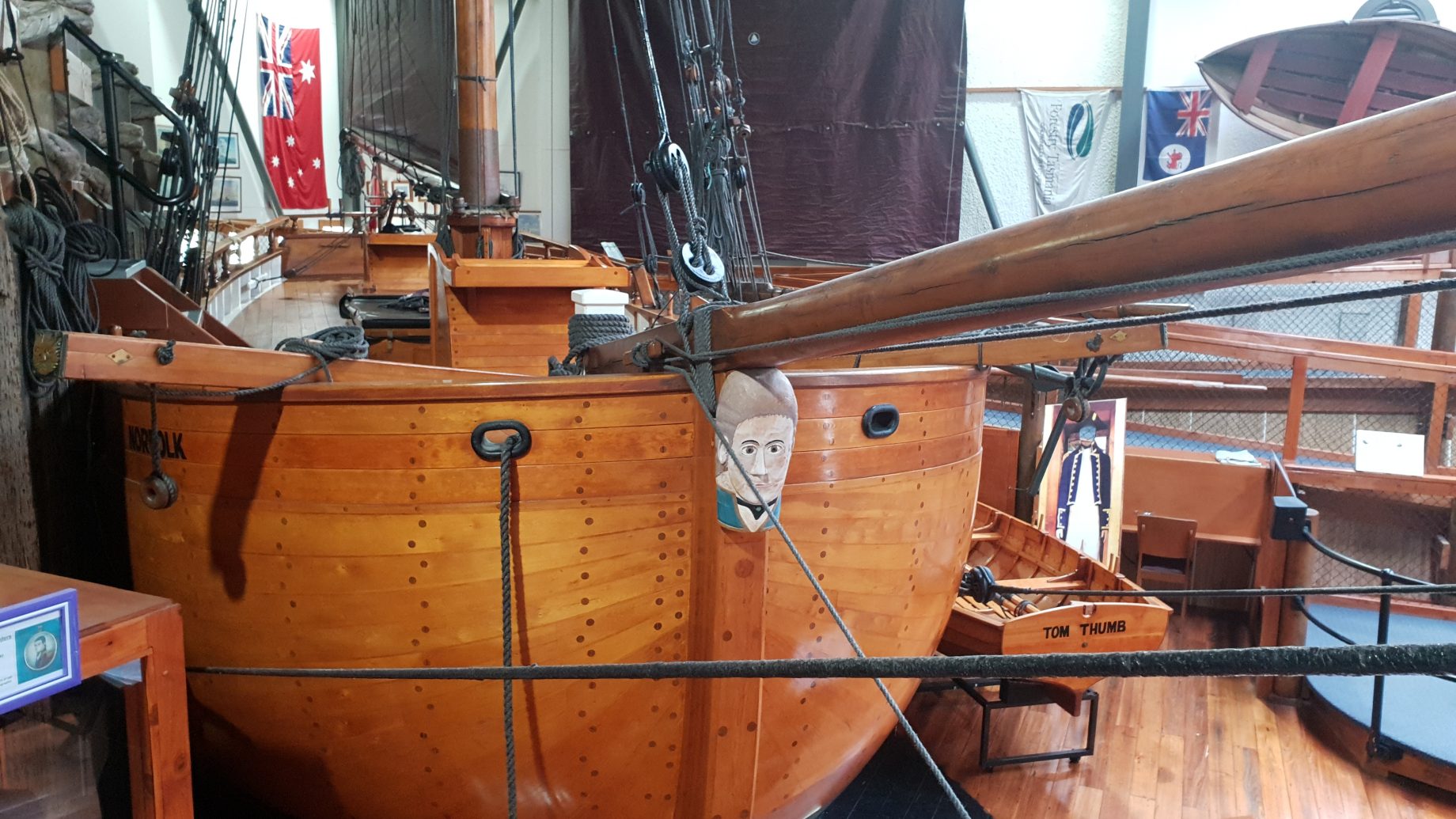Threats of terrible weather across Tasmania and the south east of Australia dominated the news bulletins when we woke this morning. Locally the air was still, with that ever-present smoke from bush fires hanging in the air. It seemed that many places we have visited in Tasmania were either under direct threat from fires or they have been evacuated in anticipation of the fires heading their way.
Unlike a hot day in Melbourne, the humidity was around 82% and it felt more like Townsville than Tassie.
The other item of news that caught our attention was the positive identification of the grave of Captain Matthew Flinders in an archeological dig in the UK. He ranks as one of Australia’s greatest explorers, proving that Tasmania was not joined to the mainland, circumnavigating and charting the coast of Tasmania, followed by his voyage around “Terra Australis” and legitimizing the name, “Australia”. Coincidentally there is a museum in George Town, not far from where we are camped, dedicated to his achievements.
The museum is run by enthusiastic volunteers who are the custodians of three magnificant replicas of the vessels that were used by Bass and Flinders as they charted the coast line of an otherwise uncharted landmass. The two seamen initially set off in the Tom Thumb, passing out through the heads of Port Jackson (Sydney) and making their way south.
As their voyages grew longer, so did the vessels they sailed in. In 1798 they set off in the Norfolk with a crew of 8, sailing into the Tamar River and the waters around George Town. Here they took on fresh water before embarking on a circumnavigation of Van Dieman’s Land and subsequently returning to Port Jackson.


One interesting micro fact that we did pick up while expanding our knowledge of Captain Matthew Flinders was to do with how the Union Jack came to be. And yes, we all (should) know that it is an amalgam of the English, Scottish and Irish Flags but what set this in motion was the ascendency of James VI of Scotland to the English throne, thereby becoming James I of England and Ireland. A flag that merged the English and Scottish flags resulted getting the notion of a “union” flag under way.
Upon leaving George Town, the remainder of the day was spent moving from winery to winery, sampling the excellent cool climate wines they specialise in making around the Tamar Valley.


Holm Oak Vineyard started off the wine tastings, moving from their sparkling wine to their famous rieslings, pinot gris, sav blanc and into pinot noir and a dessert wine. We didn’t leave empty handed!
Next, we headed a little further up the road to Goat Hill Winery where we were stepped through a similar extensive tasting. Wendy had booked ahead and a tasting platter of local cold meats, cheeses, olives and paté was waiting for us for lunch to celebrate Chris’s birthday. With views across the healthy vines to the Tamar River in the distance, under the shade of a large gum tree, we couldn’t think of a better way to fill in a couple of hours.


We slowly made our way back to camp, stopping to take in the scenery. The Tamar is a scenic and expansive waterway and we will continue to explore more of it tomorrow when we head into Launceston.

